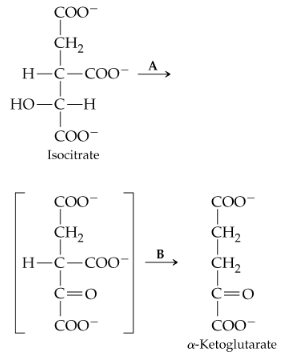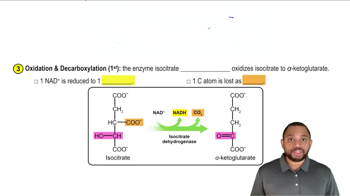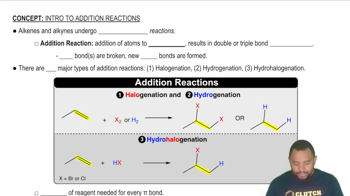FAD is a coenzyme for dehydrogenation.
a. When a molecule is dehydrogenated, is FAD oxidized or reduced?

 Verified step by step guidance
Verified step by step guidance Verified video answer for a similar problem:
Verified video answer for a similar problem:



 2:2m
2:2mMaster Coenzymes in Metabolism Concept 1 with a bite sized video explanation from Jules
Start learning